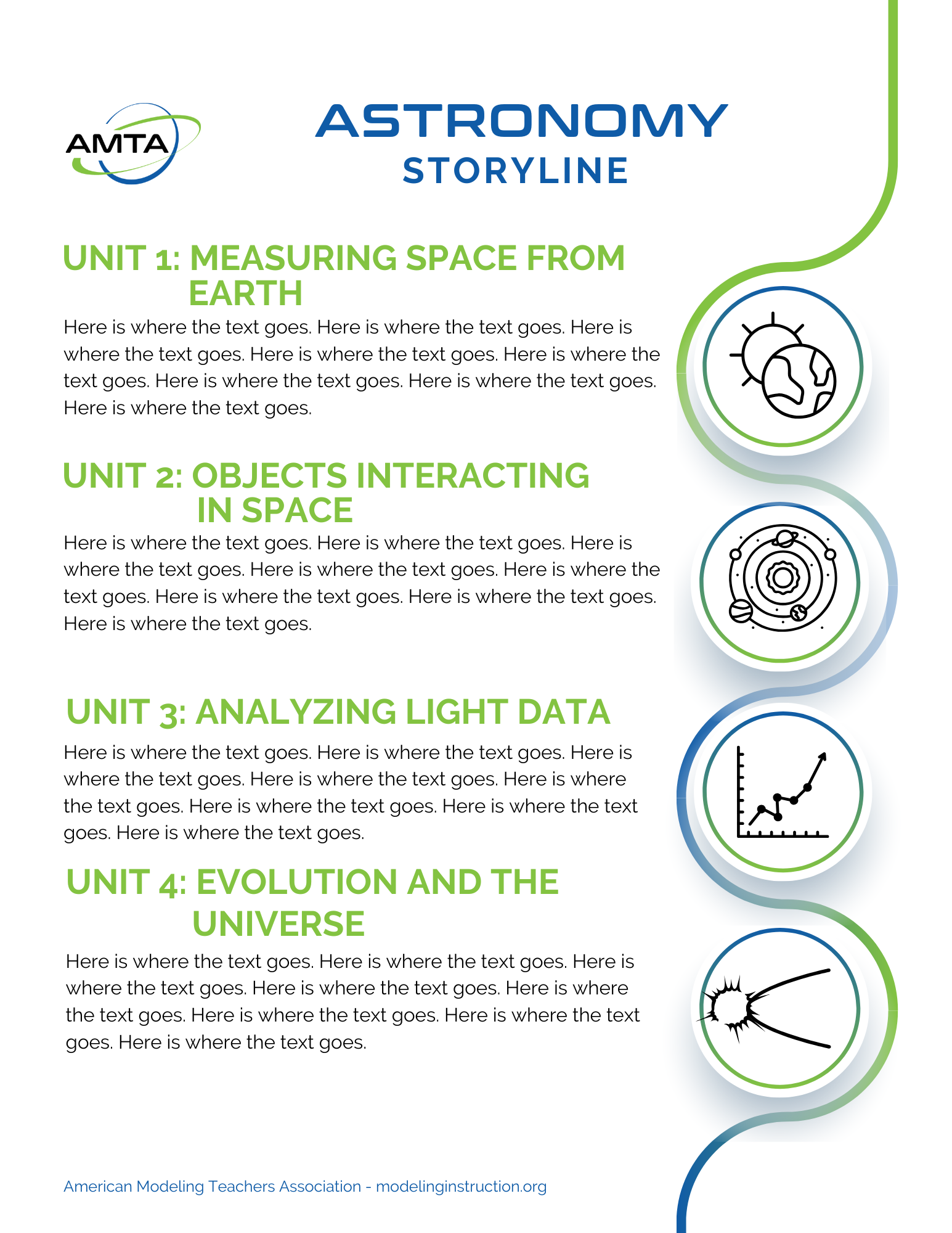Introduction
In science, we need to conduct experiments and collect data in order to better understand the universe. In most scientific fields, our labs exist on Earth’s surface, and investigators can collect data directly on the phenomenon. In astronomy, our laboratory is the entire universe and we collect data by detecting electromagnetic radiation from extremely distant objects. To build conceptual models of the universe and how it works we must develop an understanding of the tools and the methods we have at our disposal. Because of the huge distances that are involved in studying the cosmos we also need a measurement system with units appropriate for measuring very large distances.
Another consideration for measuring astronomical objects such as planets, exoplanets, stars, and galaxies is that we must measure indirectly. We must make measurements remotely using instrumentation and methods specific to astronomy. This course leverages student sense-making by teaching students to extract data from images.
Interested in Astronomy Modeling?
Astronomy Modeling Instruction is available as an AMTA Distance Learning course in Spring 2025.
First-time attendees qualify for a free one-year membership to AMTA. Members have access to ALL instructional resources, webinars, distance learning courses, and other membership services!

